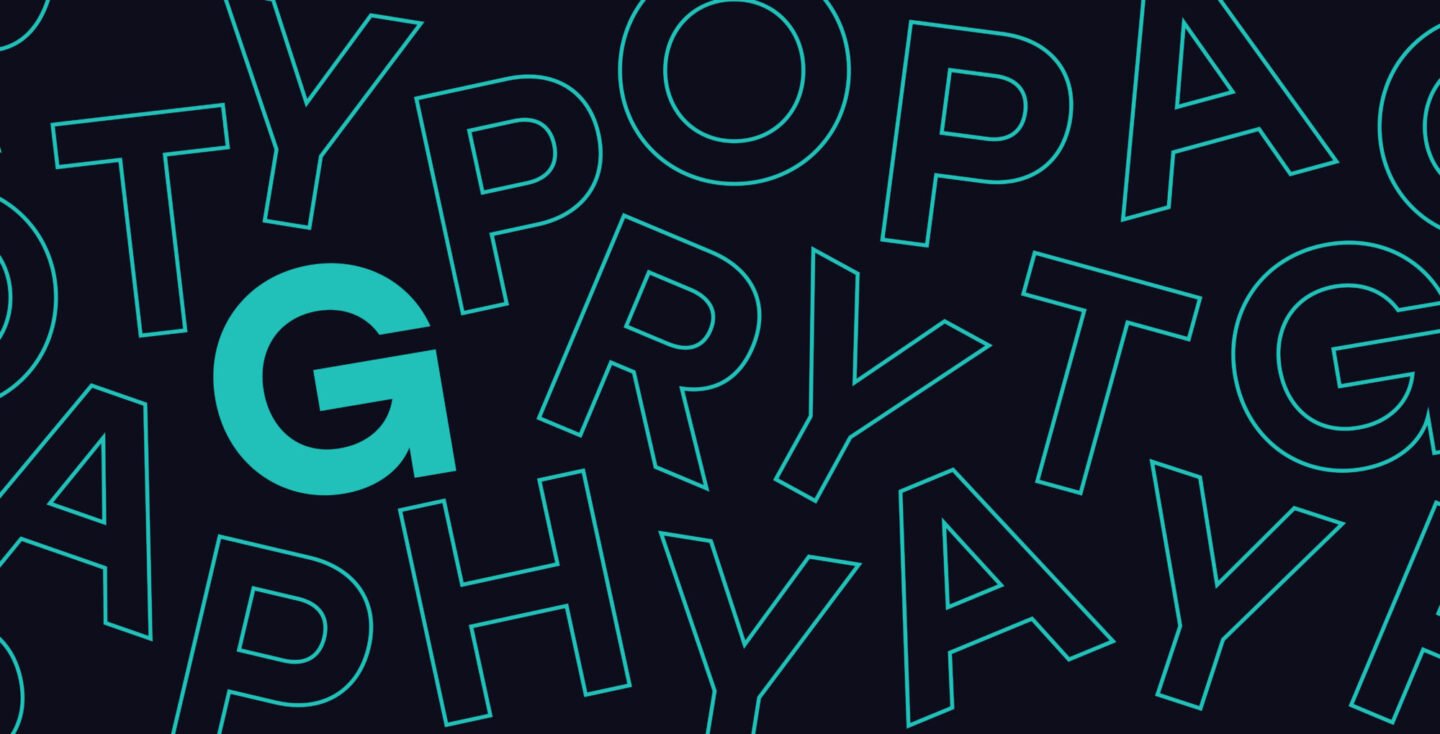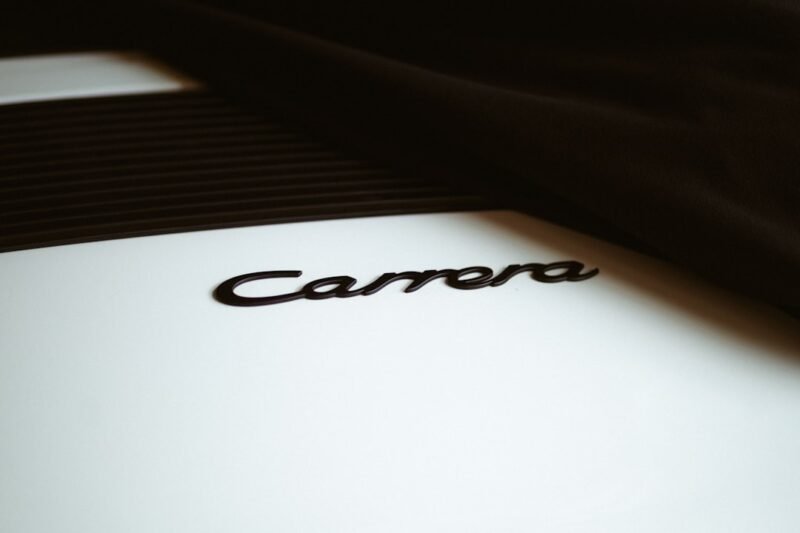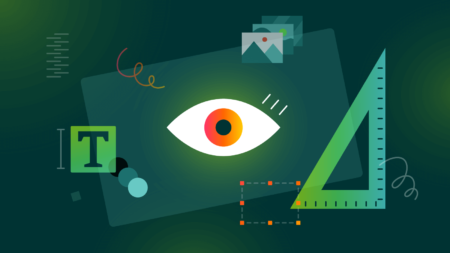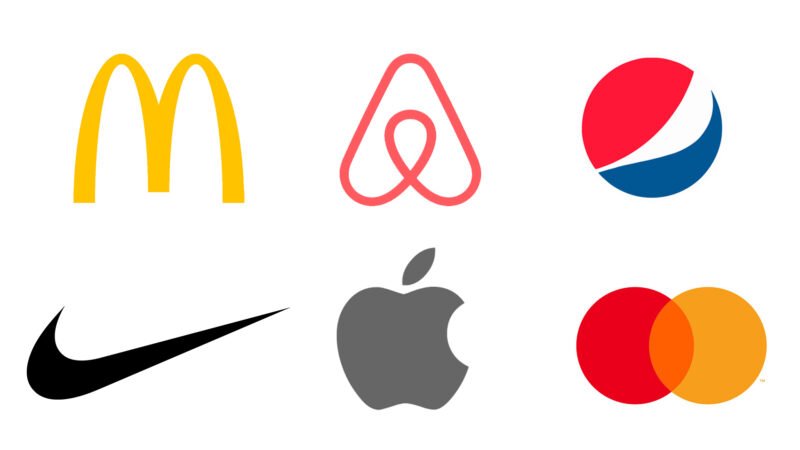Modern typography is the art of arranging text in a way that is both aesthetically pleasing and easy to read. In the past, typography was primarily used for printing books and other written documents, but with the advent of digital technology, it has become an important part of graphic design and visual communication. Today, the choice of a modern font strongly contributes to the identity of a visual project.
One of the main principles of modern typography is hierarchy. This means organizing text in such a way as to clearly indicate the relative importance of each piece of text. For example, a headline may be displayed in a larger, bolder font than the main text, to grab the reader's attention.

Another important aspect of modern typography is legibility. Typefaces, or fonts, are carefully chosen to make text easy to read on different devices and at different sizes. For example, a font with an x-height (the distance between the baseline and the midline of lowercase letters) is generally more legible than one with a low x-height.

In addition to hierarchy and legibility, modern typography also emphasizes design and aesthetics. Using different fonts, sizes and styles can add visual interest to a page and help convey a specific mood or tone. For example, an official document might use a serif font, while a playful website might use a more whimsical sans-serif font.
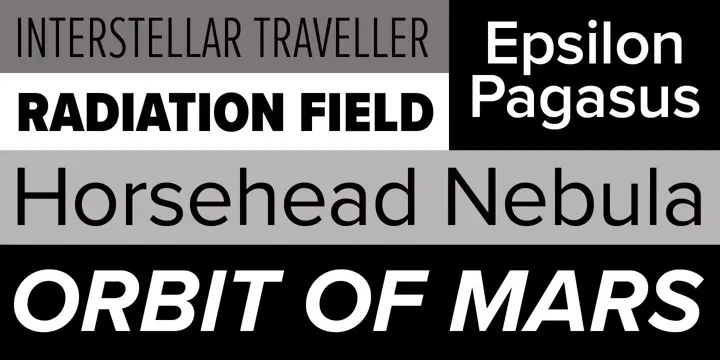
One of the most interesting developments in modern typography is the use of custom fonts. In the past, designers were limited to a small number of pre-installed fonts, but now they can create their own or use fonts from online libraries. This allows greater creativity and flexibility in typographic design. Custom fonts can also be used to create a unique brand identity and differentiate a company or product from its competitors.

